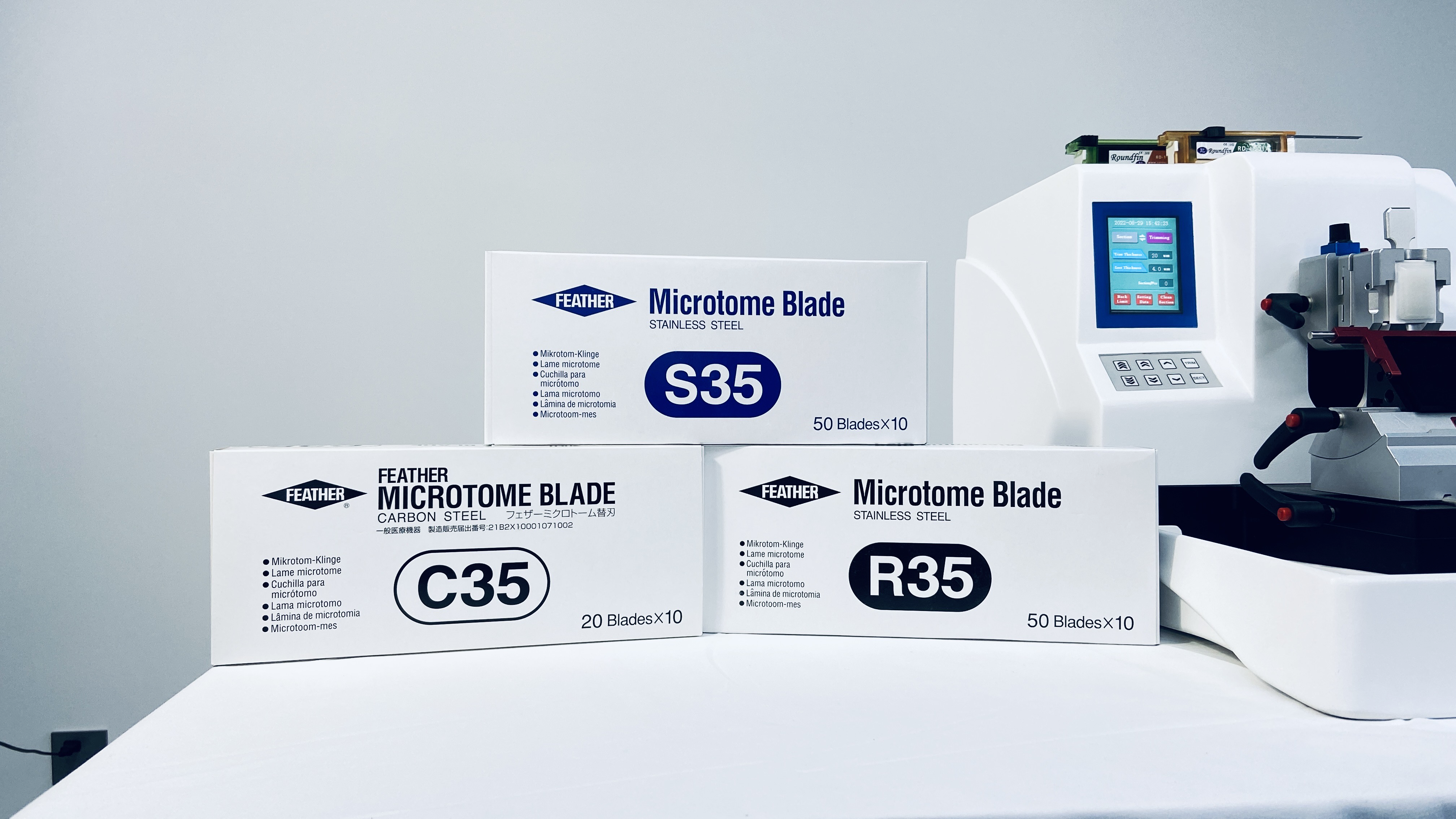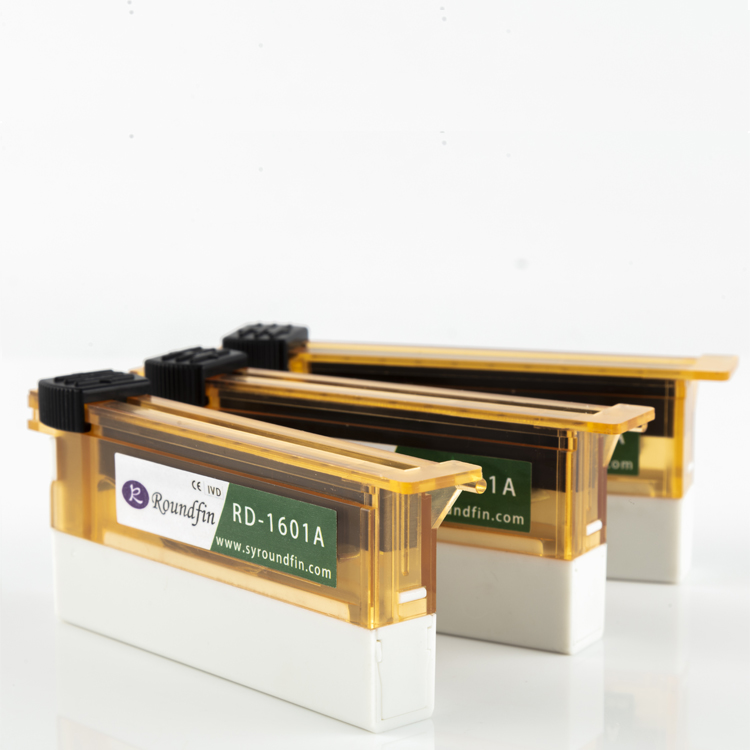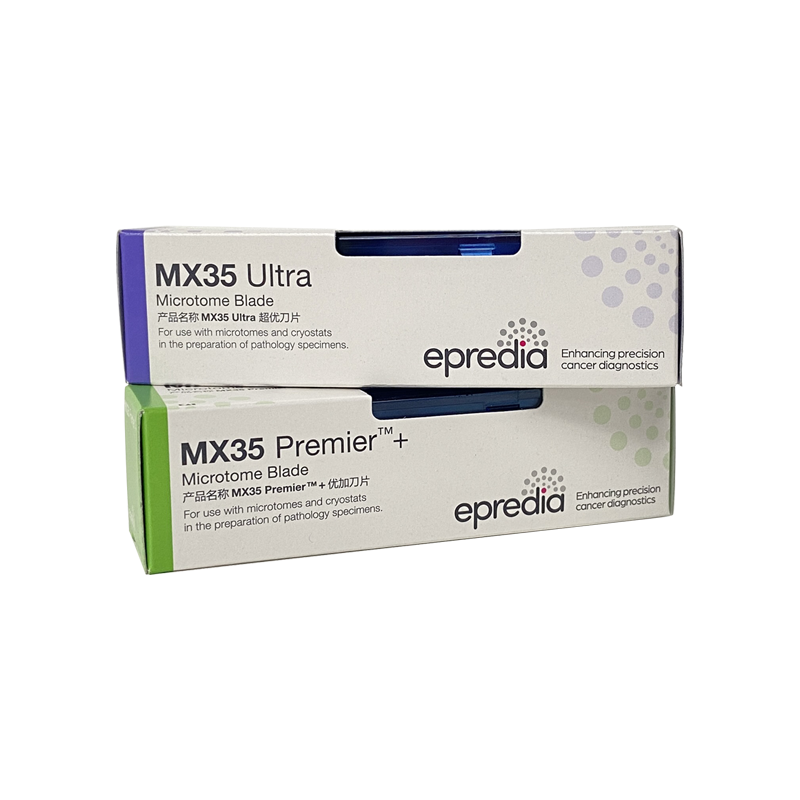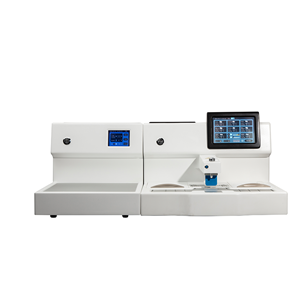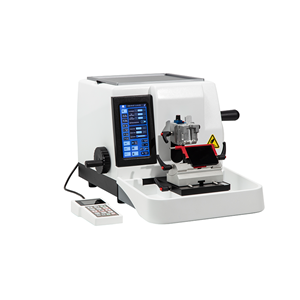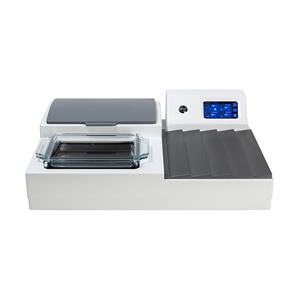What is the Difference Between High and Low Profile Microtome Blades?
What is the Difference Between High and Low Profile Microtome Blades?
Microtome blades are an essential tool in histology and pathology laboratories. They are used to cut thin sections of tissue samples for microscopic examination. Microtome blades come in different shapes and sizes, but the most significant difference is between high and low profile blades.
High-profile microtome blades are longer and have a greater height than low-profile blades. They are designed for cutting thicker tissue samples and are ideal for use with hard or dense tissues such as bone, cartilage, and skin. High-profile blades are also suitable for cutting frozen tissue samples.
Low-profile microtome blades, on the other hand, are shorter and have a lower height. They are designed for cutting thinner tissue samples and are ideal for use with soft or delicate tissues such as brain, liver, and kidney. Low-profile blades are also suitable for cutting paraffin-embedded tissue samples.
The choice between high and low profile microtome blades largely depends on the type of tissue sample being cut. If the tissue is hard or dense, a high-profile blade will be more effective in clean and precise sections. On the other hand, if the tissue is soft or delicate, a low-profile blade will be more suitable to prevent damage to the tissue.
It is also important to consider the blade's sharpness and durability. A sharp blade will produce cleaner and more precise sections, while a durable blade will last longer and require less frequent replacement. It is recommended to use high-quality microtome blades to ensure consistent and reliable results.
In conclusion, the choice between high and low profile microtome blades depends on the type of tissue sample being cut. High-profile blades are suitable for cutting hard or dense tissues, while low-profile blades are suitable for cutting soft or delicate tissues. It is important to use high-quality blades to ensure consistent and reliable results.

